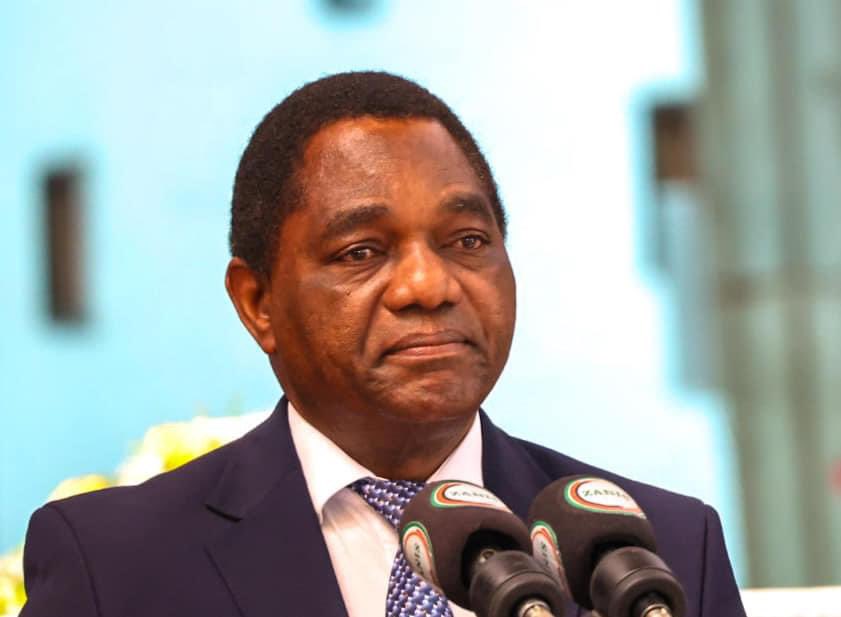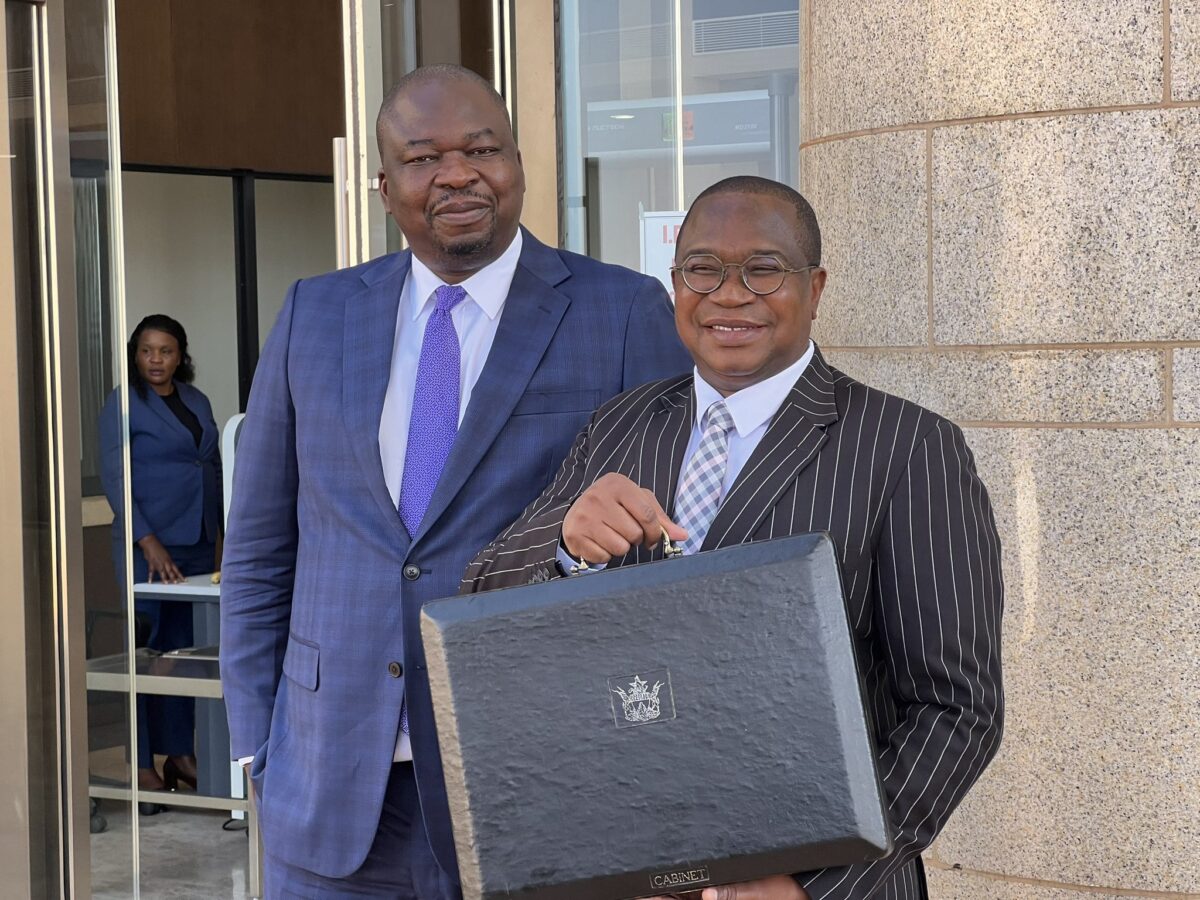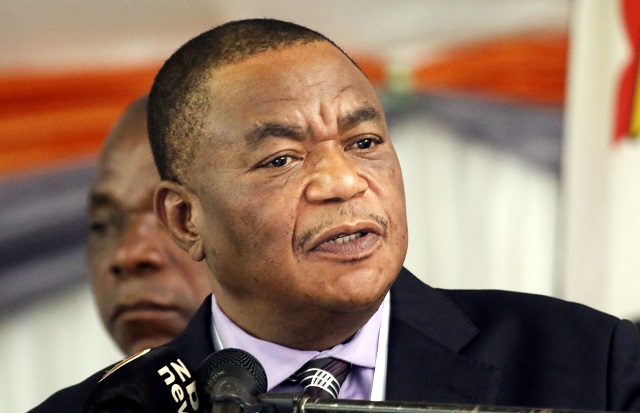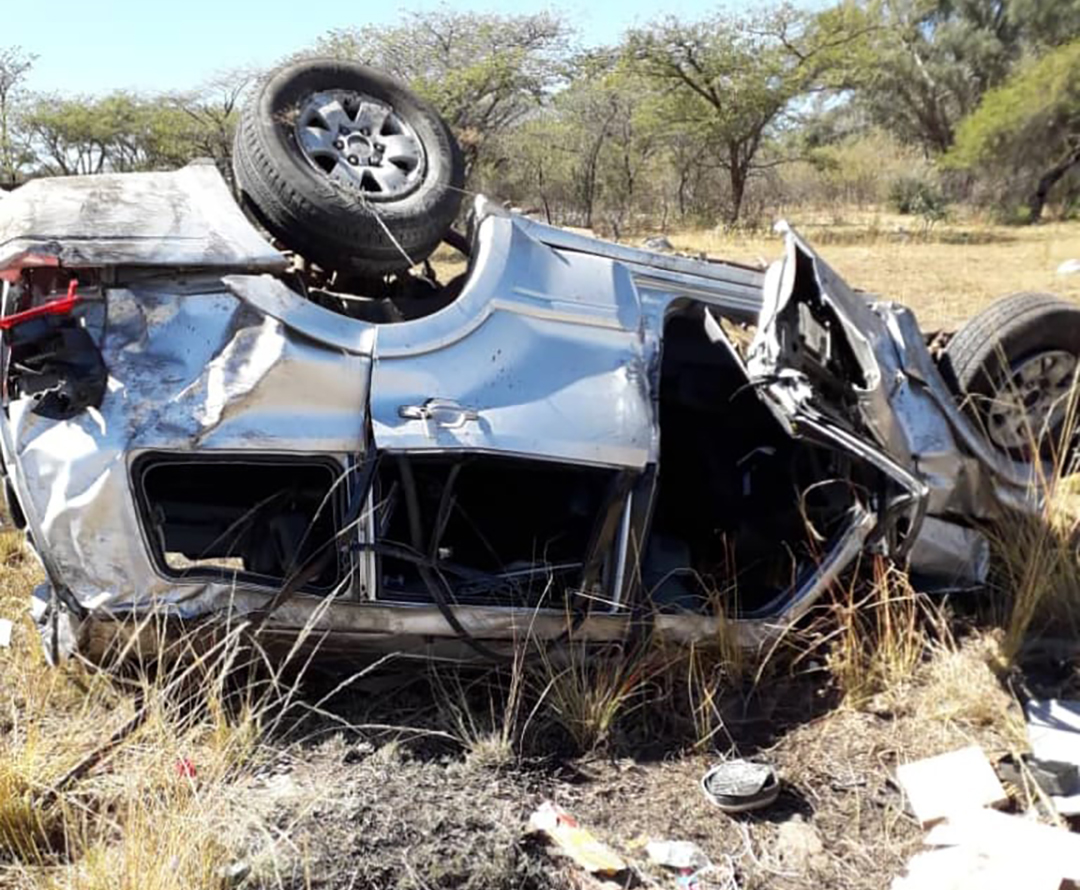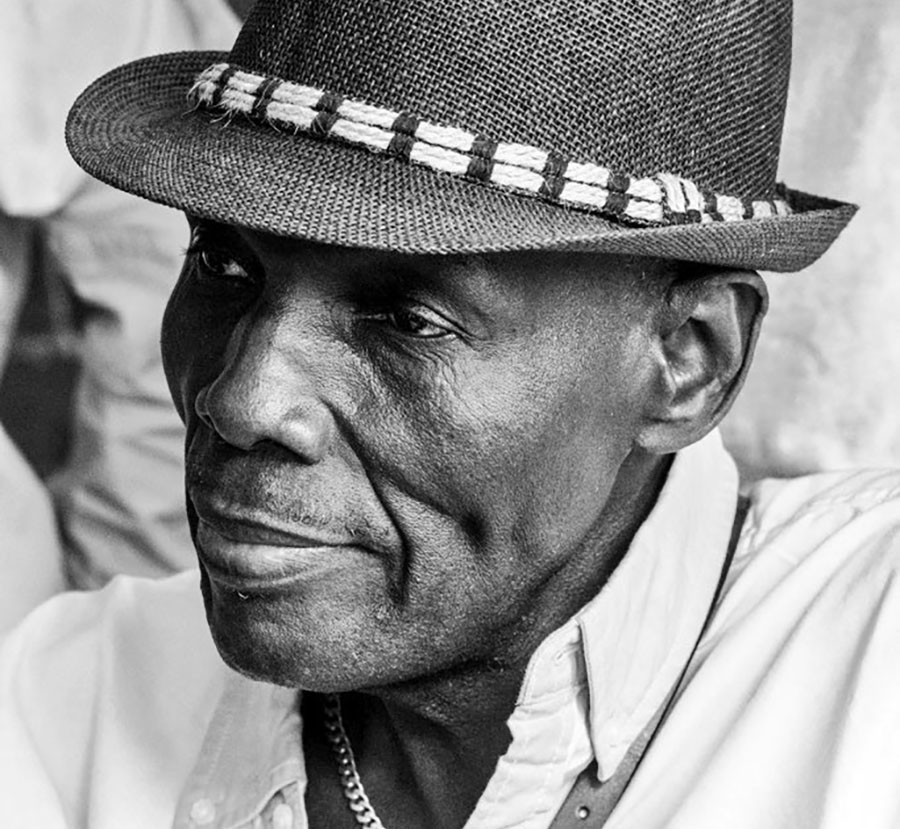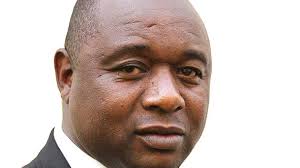BULAWAYO – The City of Bulawayo is extending water rationing to five days weekly starting on April 27.
Dams supplying water to Bulawayo received little inflows following a poor rainy season.
In a notice to residents on Thursday night, the council said: “The City of Bulawayo would like to advise residents that the city will be introducing the 120-hour water rationing programme with effect from Monday, April 27, 2020.”
Council officials have asked the government to declare Bulawayo a critical water shortage area which would allow the local authority to mobilise donor funding to carry out critical repairs to reservoirs and boost pumping capacity – but the government has sat on the request.
Bulawayo mayor Solomon Mguni said: “The water crisis in Bulawayo reflects the realities of a drought. No blame game. It makes a difference if our raw water supply dams were 70 percent full. At 31 percent full, the call to action is for all and sundry to embrace the water management strategies that the city has put in place until the next rainy season.
“We wrote to the central government, through the Ministry of Lands, Water and Rural Resettlement to have Bulawayo declared a critical water shortage area. This would inform our domestic and international appeal for funding in our water augmentation drive. We all await the said declaration.”
Mguni added that while the local authority awaits a response from the government, there is a need to think of initiatives to save the city from running dry.
“The question now is not about what the city can do for us, but what we can do for the city. Let’s all put our hands on the deck to save lives in Bulawayo. Let’s campaign together for measures to better our situation. Donate a borehole or bowser to save lives,” he said.
According to Mguni, there are 77 reservoirs at the Nyamandlovu aquifer – but less than thirty of these are working.
Of the city’s supply dams, Mtshabezi and Insiza are close to full, Mguni said – but pumping is poor.
“In the case of Insiza, there’s no pumping taking place, we’re using just gravity and that’s not ideal. As for Mtshabezi, a pipe with a 90-centimeter diameter should have been fitted but instead we have two pipes of 45 centimeters each which is not the same thing, and we are therefore not getting the best out of those two dams,” Mguni said.
A declaration of a state of disaster, says Mguni, would allow them to approach donors for critical funding to repair the reservoirs and boost pumping.






